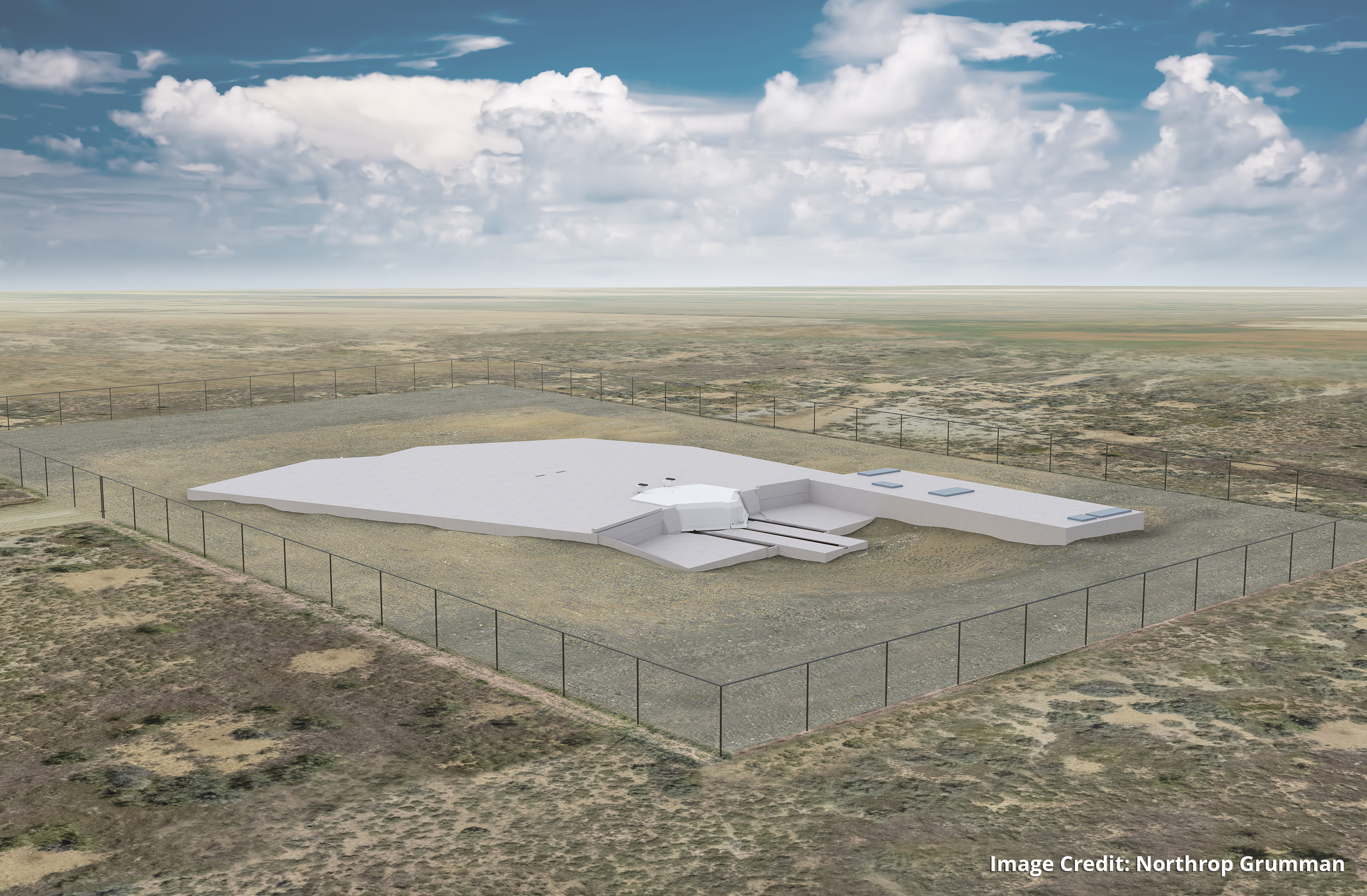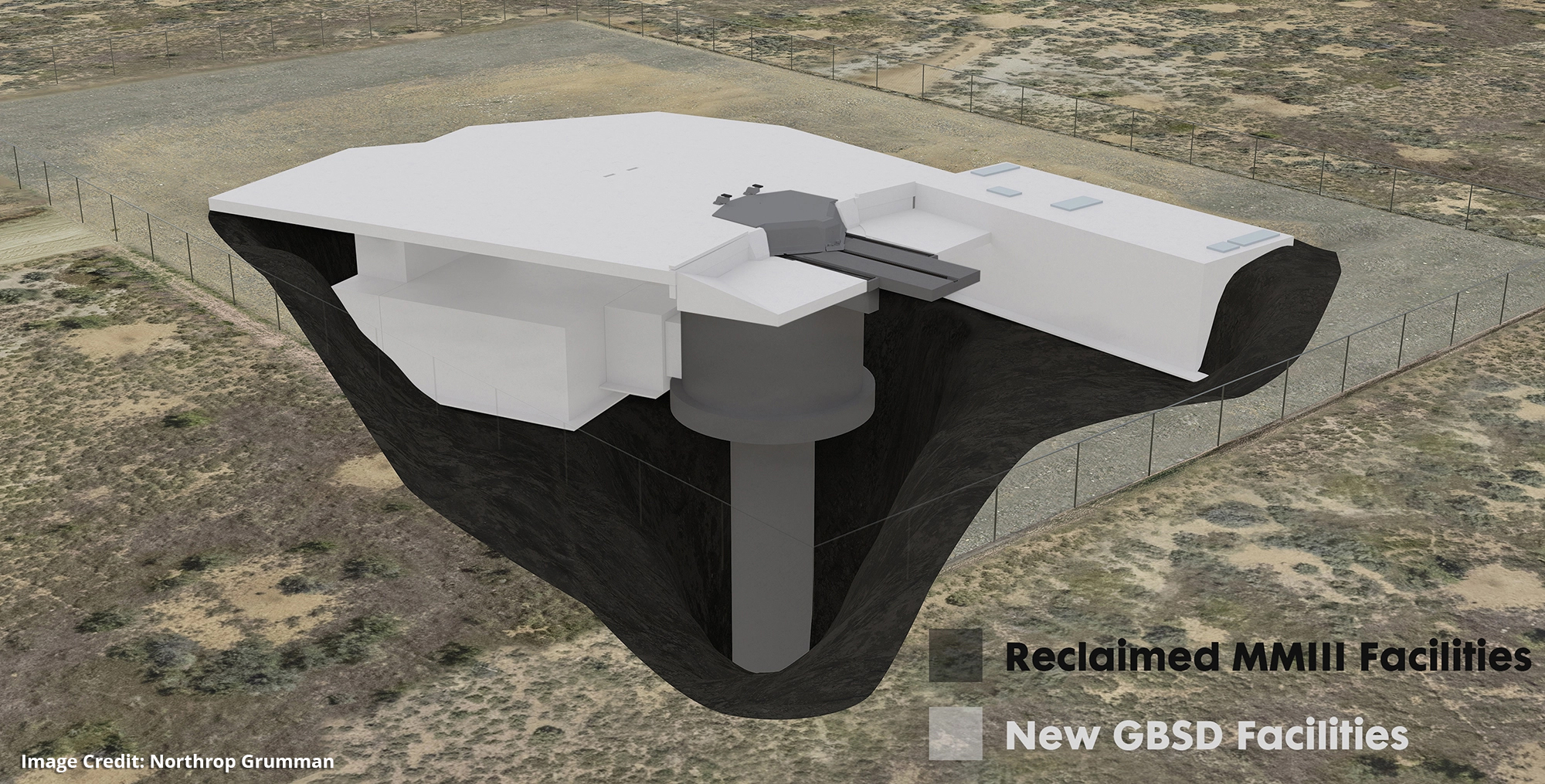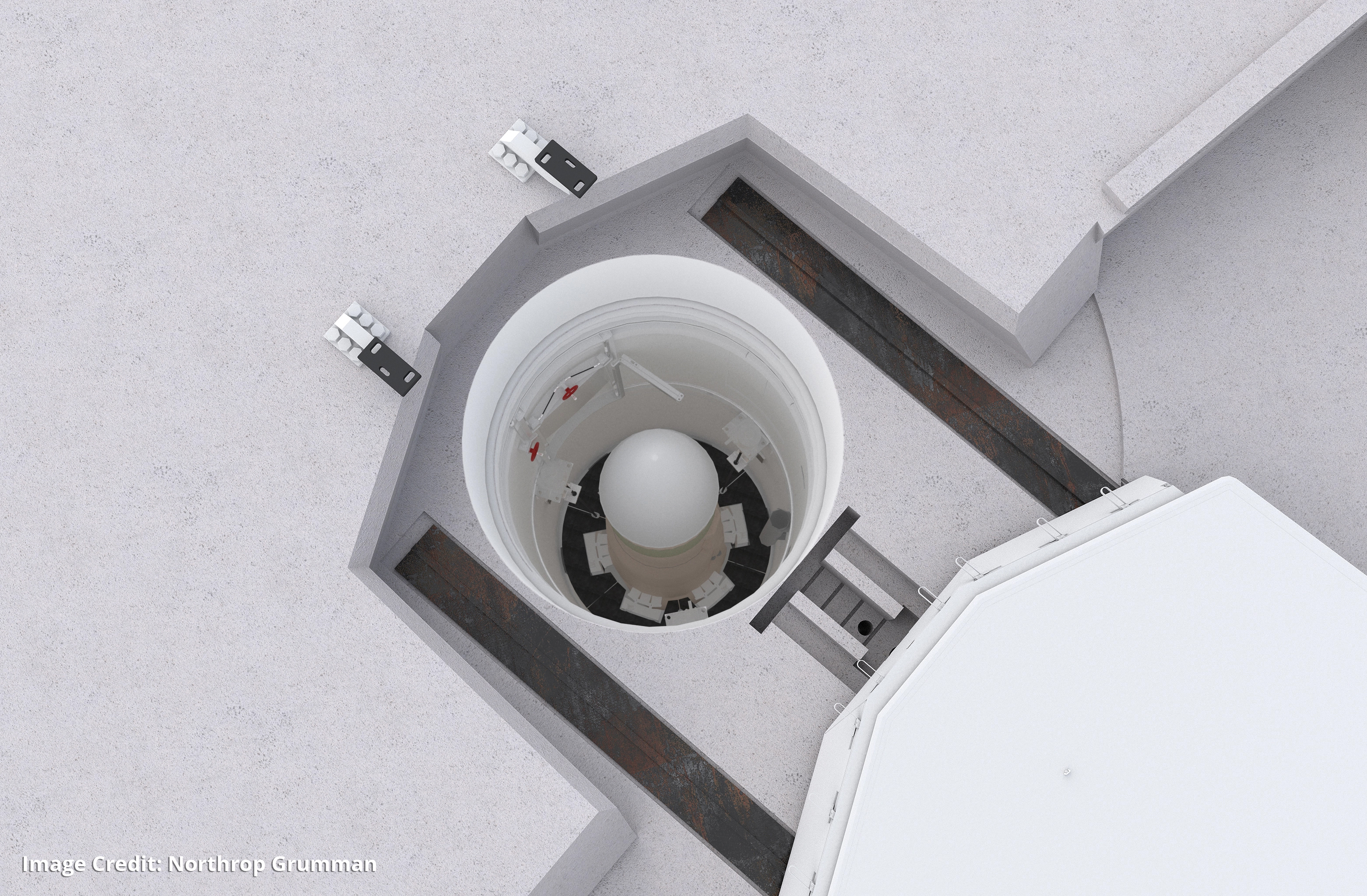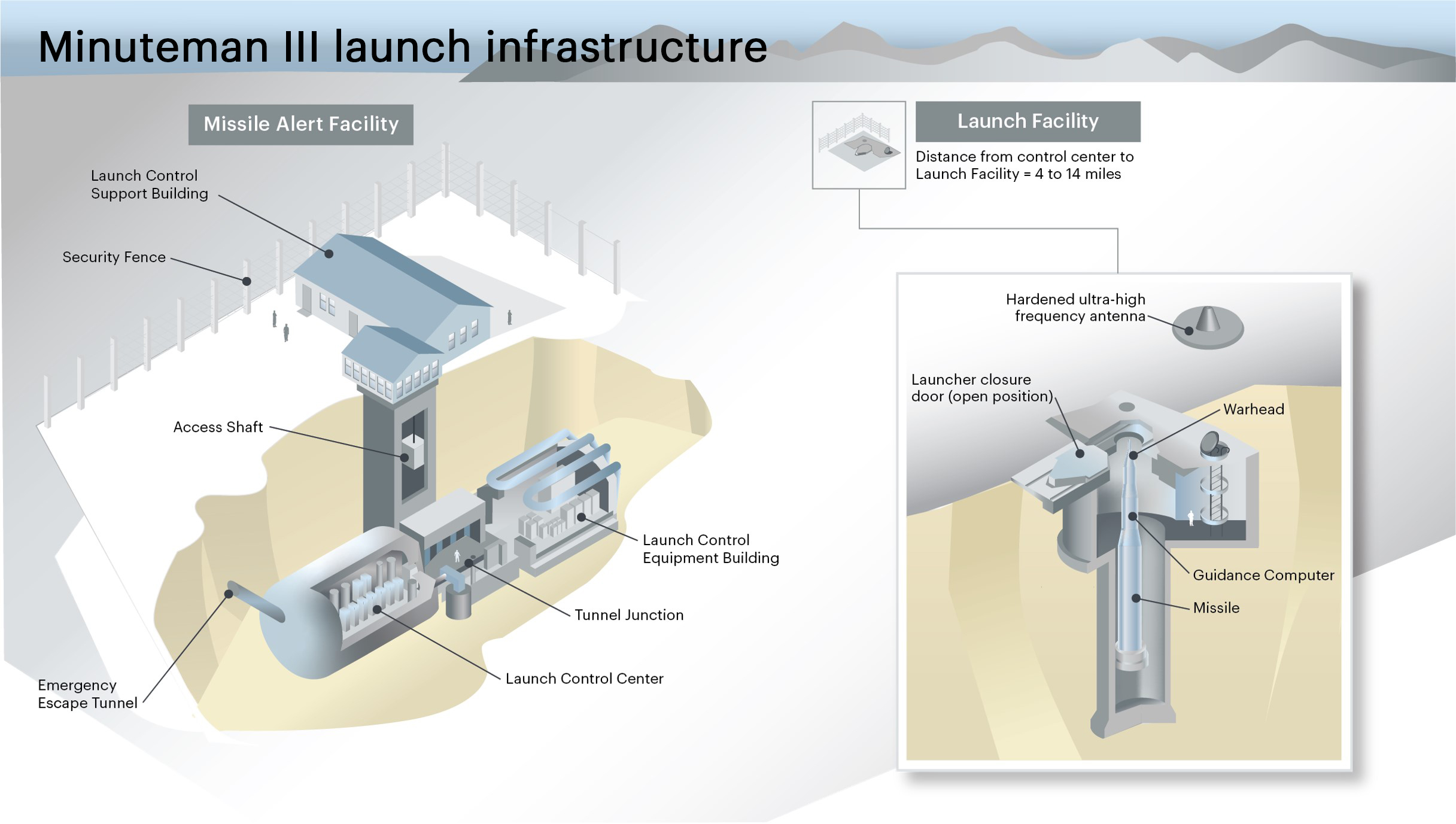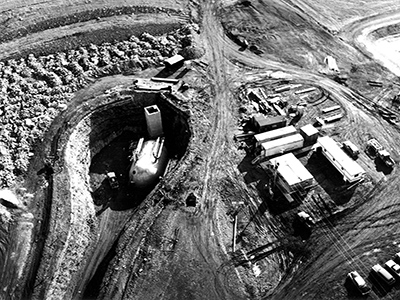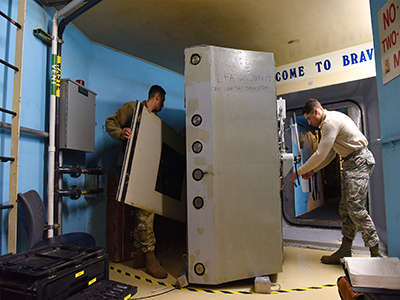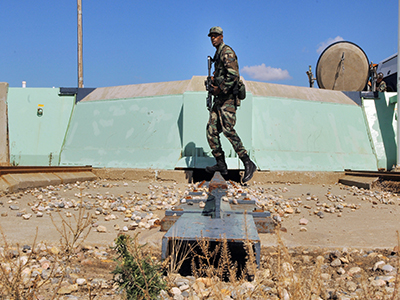Bechtel is working closely with its customer, Northrop Grumman, to help design and construct the launch infrastructure component of Sentinel, the U.S. Air Force’s next-generation ground-based nuclear deterrent system. This weapons system will replace the LGM-30 Minuteman III (MMIII) intercontinental ballistic missile system as the land-based leg of the U.S. nuclear deterrent and is expected to be operational in 2036.
Currently in the Engineering & Manufacturing Development (EMD) phase of its contract, Bechtel’s Sentinel project team has a challenging but rewarding mission focused on reimagining, designing and delivering constructable solutions for launch infrastructure as part of an integrated weapons system that will meet the Air Force’s current requirements, while having the adaptability to affordably address changing technology and emerging threats through 2075.
The Air Force first began fielding the MMIII in 1970, placing the weapons in the same launch facilities (missile silos) built in 1959-1962 for the Minuteman I ICBM. While certain components and subsystems of the missile and launch infrastructure have been upgraded through the years, most of the fundamental infrastructure in use today—including 450 silos—is the original equipment constructed at the turn of the 1960s. Renovating these facilities to like-new condition while adapting them to the requirements of a modern weapons system is a challenge Bechtel is honored to take on with its customer.
Bechtel’s work in the EMD phase of the program is occurring in the cities of Roy and Ogden (UT), Reston (VA), Vandenberg Space Force Base (CA) and other locations. Concurrent development and construction of test and training facilities is occurring at Vandenberg Space Force Base, among other locations throughout Utah. These facilities will provide valuable feedback to Northrop Grumman and the Air Force on the performance and reliability of Bechtel’s infrastructure designs and construction methods to be executed at operational silos and launch centers in the nation’s ICBM missile fields in coming years.
Bechtel’s experience in the sector includes delivery of launch silos and infrastructure in Alaska, California, and the Marshall Islands as part of the U.S. missile defense system known as Ground-based Midcourse Defense. Bechtel also constructed launch complexes for NASA and the Air Force and is now working to provide the NASA mobile launcher that will send astronauts to the moon and eventually Mars.
The Sentinel team includes Northrop Grumman, Bechtel, Aerojet Rocketdyne, Clark Construction, Collins Aerospace, General Dynamics, HDT Global, Honeywell, Kratos Defense and Security Solutions, L3Harris, Lockheed Martin, Textron Systems, as well as hundreds of small and medium-sized companies from across the defense, engineering and construction industries.
Overall, the Sentinel program will involve more than 10,000 people working at sites in Nebraska, Colorado, Wyoming, Montana, North Dakota, Utah, California, Arizona and other states, and Bechtel is honored to be part of it.






